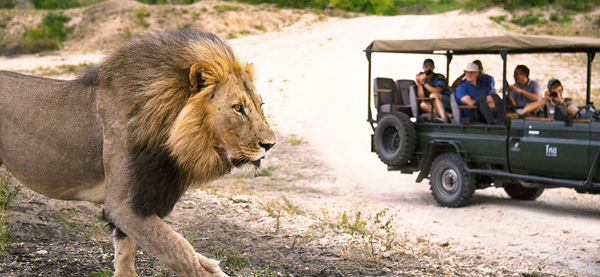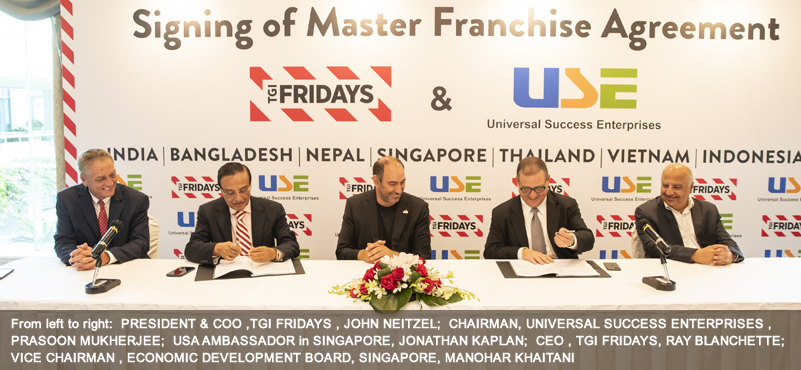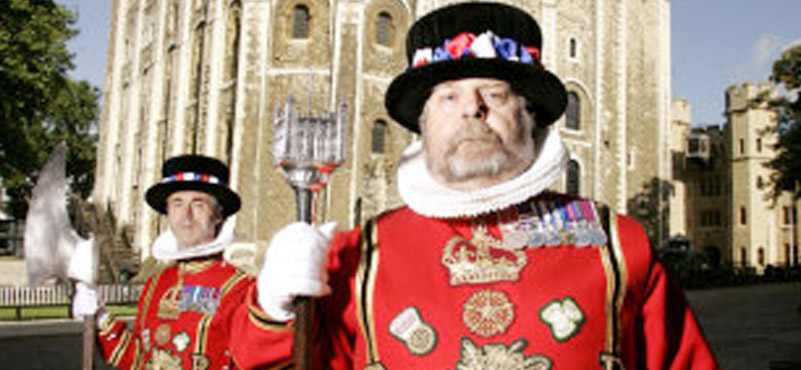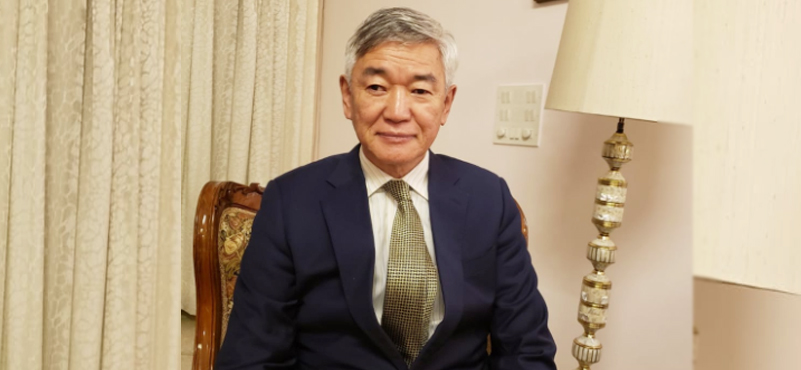Given the voracious appetite of Indian travellers for numerous activities and new experiences, SA tourism has constantly tweaked its strategy for effective outreach, shared Hanneli Slabber, Regional Manager, Asia, Australasia and the Middle East, in an exclusive conversation with TourismFirst. She highlighted the peculiarity of the Indian market and shared that the tourism board was working in tandem with travel agents to better grasp the needs of Indian clientele. Excerpts:

Country Manager India, South Africa Tourism
Constantly tweaking its outreach strategy to meet the expectations of dynamic Indian travellers has been one of the reasons why South Africa Tourism has been able to inculcate such traction for South African locales in the Indian outbound. A twin-fold modus operandi, involving educating key travel agents and constantly bringing to fore new destinations and activities, based on extensive research on consumer behaviour and preferences, have been paying them rich dividends. And going by Hanneli Slabber’s assertion, the strategy will continue unabated. Explaining the approach, Hanneli shared that “a lot of thought went behind finalising each aspect of itineraries” which were then launched in the Indian market. Also, South Africa tourism had been working in tandem with hundreds of travel agents. “We call this the funnel method, actually,” says Hanneli. “We target travel agents and extensively train them about each aspect of our offerings and also understand from them demands of consumers. So, there is a lot of back and forth which helps us fine tune our products,” she adds. Based on these feedback, South Africa Tourism conducted a massive outreach exercise in August, an annual affair, covering 17 cities – in tier-1 and tier-2 – with 19 sessions and trained over 1500 travel agents.
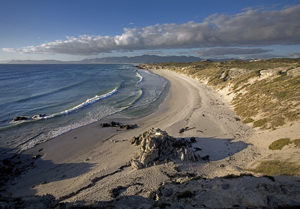
Asserting that the Indian market was peculiar in nature, she noted that SA tourism promotion had crafted several exclusive experiences, eyeing only the Indian clientele. “One of the constant demand that we have been able to decipher is the urge of Indian travellers to discover new destinations, products and experiences,” she says. “Indian travellers are different because they want to experience more and do more things. So, we have to have a lot of activities in itineraries,” she added, further deciphering the reason behind the vigorous engagement with the travel agent fraternity. Interestingly, some itineraries are called ‘the Indian Express’ – a term coined after Indian travellers and their uniquely packed itineraries. “There are activities and products that take a good three hours, but Indian travellers are done with them in 90 minutes, and they want to move on to doing something else. It is an unique trait of an Indian traveller,” she shared.
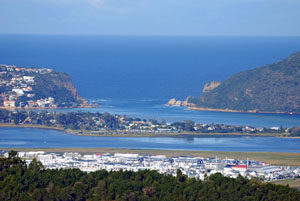
Talking to us about trends in the market, she said that families and young travellers seeking adventure experiences were important elements in the overall footfalls. “We have over 3000 activity providers scattered across South Africa. So, there is a lot to do in South Africa. These days, we get a lot of queries of smaller cities and towns of South Africa, away from the big cities, which are stunningly beautiful,” details Hanneli.
Looking ahead, South Africa will continue to position itself as a destination with “new and fresh things to do”, we were told. With an eye on tapping higher room nights and money spent from India, South Africa will continue its determined market outreach with yet another roadshow in February 2018. With numerous engagements in the pipeline and growing interest in the African Nation, there is no reason why South Africa should not remain bullish on the Indian market.

